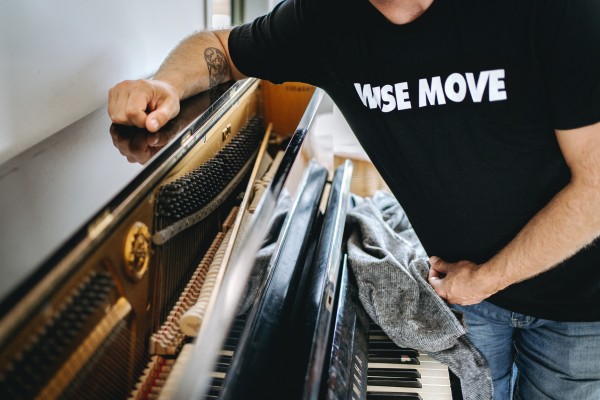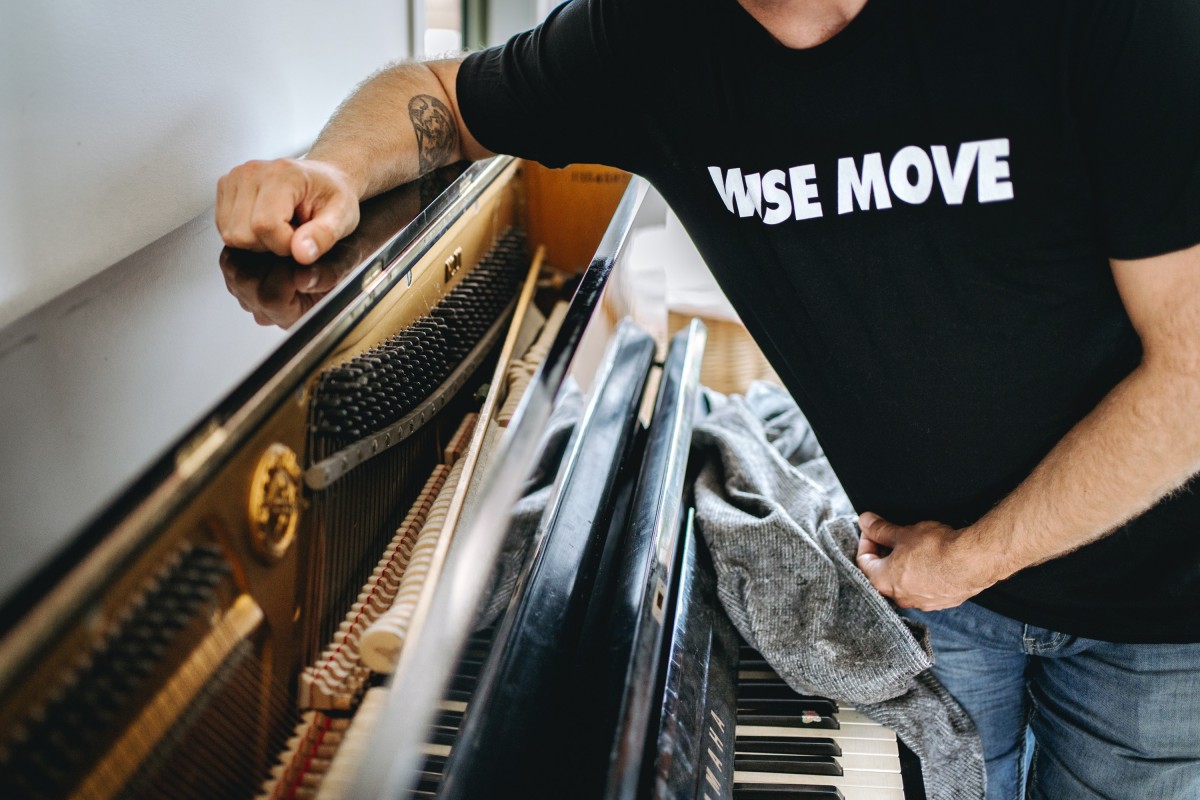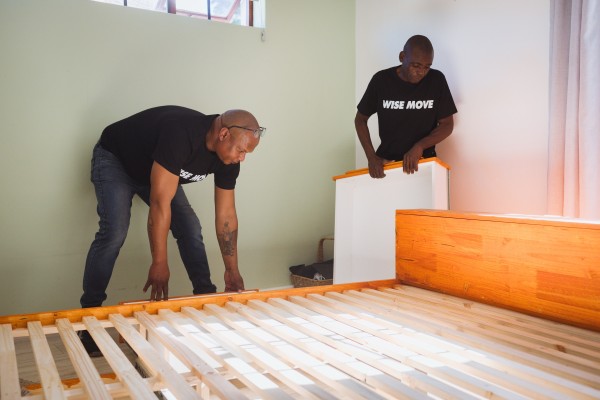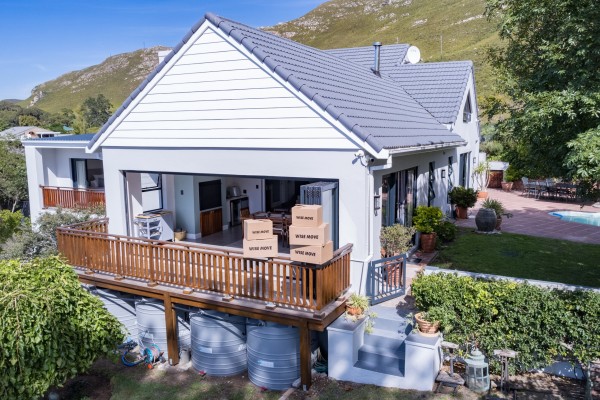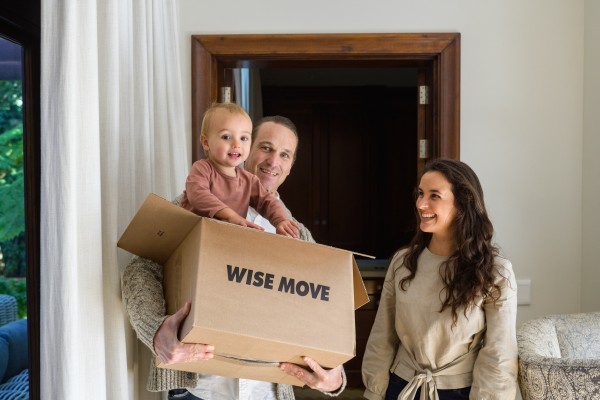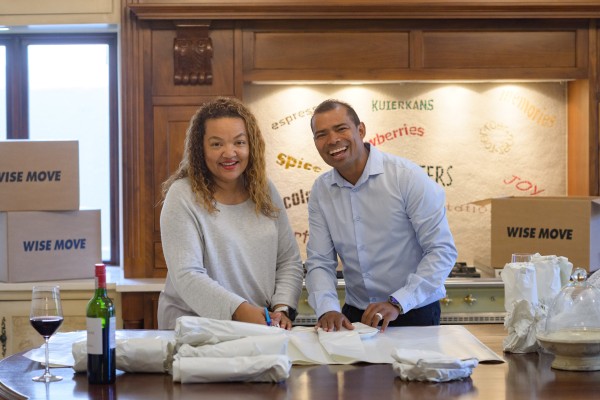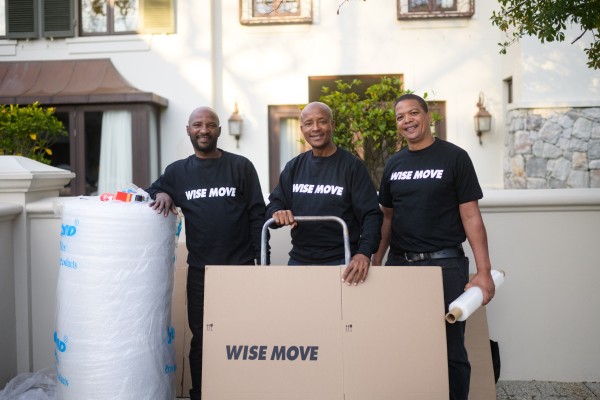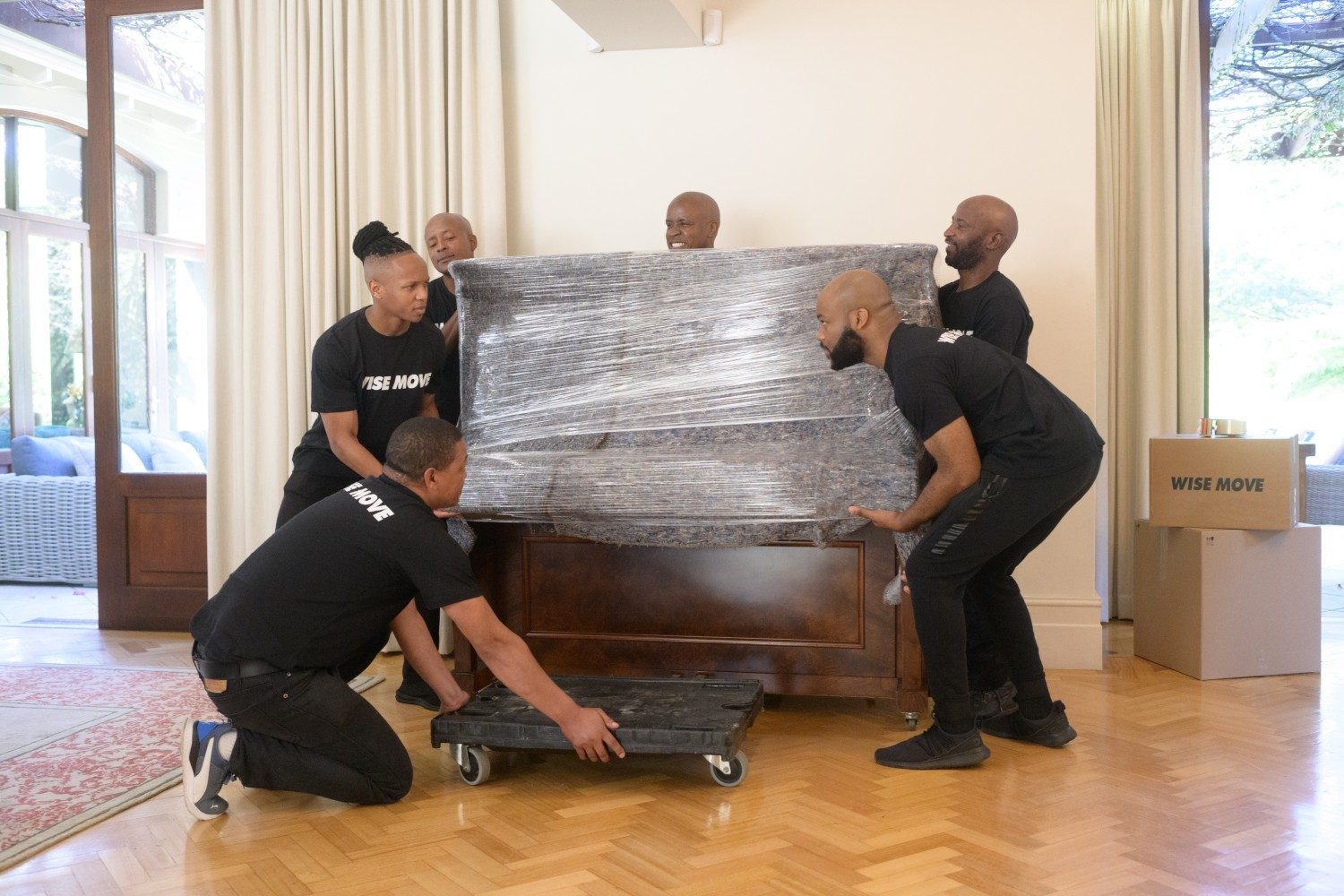
Moving can be stressful, but moving a piano can be a whole new level of anxiety. Pianos are heavy, fragile, and require special handling to avoid damage. But fear not! With some careful planning and a few simple steps, you can move your piano like a professional.
General Tips For Moving a Piano
- Measure Twice, Move Once - Before you start, make sure you measure the piano and the doorways, hallways, and staircases it needs to go through. This will help you plan the best route for moving the piano and avoid any surprises along the way.
- Protect Your Piano - Add padding over the keys before securing the lid. Wrap your piano in blankets or moving pads to protect it from scratches and damage during the move. You can also use specialised piano covers for added protection. Right packaging material is essential.
- Use Proper Equipment - Moving a piano requires special equipment like a piano board, dolly, moving straps, and furniture blankets. Make sure you have all the necessary equipment before you start moving.
- Enlist Help - Moving a piano is not a one-person job. Enlist the help of friends or family members to help you move the piano safely and efficiently. Better yet, hire a professional piano mover to do the job for you.
Moving An Upright Piano - Step-by-Step Guide
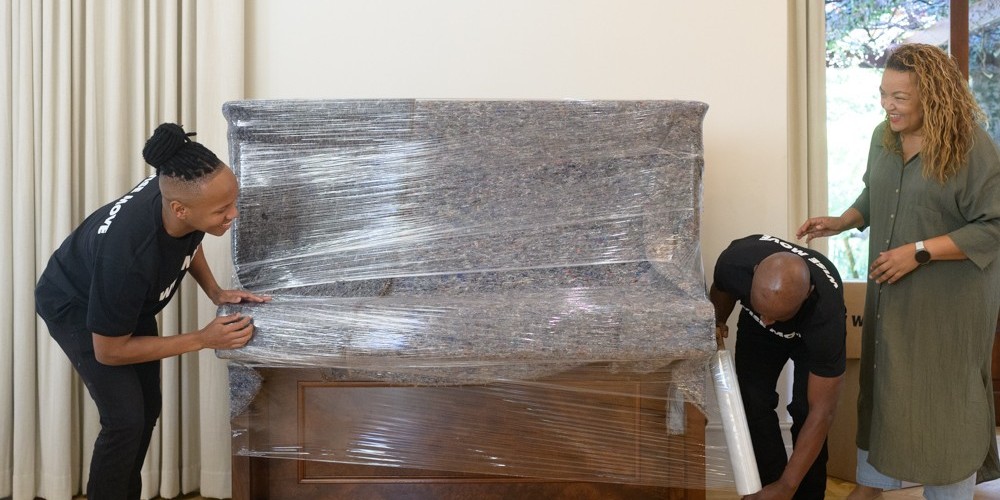
1. Prepare The Piano - Remove any loose or delicate parts, like the music stand or pedals, and wrap them separately. Secure the lid of the piano with tape to prevent it from opening during transport.
2. Tilt And Slide - Tilt the piano onto the dolly and secure it with moving straps. Carefully slide the piano to its destination, making sure to keep it balanced and level.
3. Set It Down - Once you reach the piano's destination, carefully tilt it off the dolly and onto its legs. Remove the moving straps and any wrapping, and reattach any parts you removed.
Moving a Grand Piano - Step-by-Step Instructions
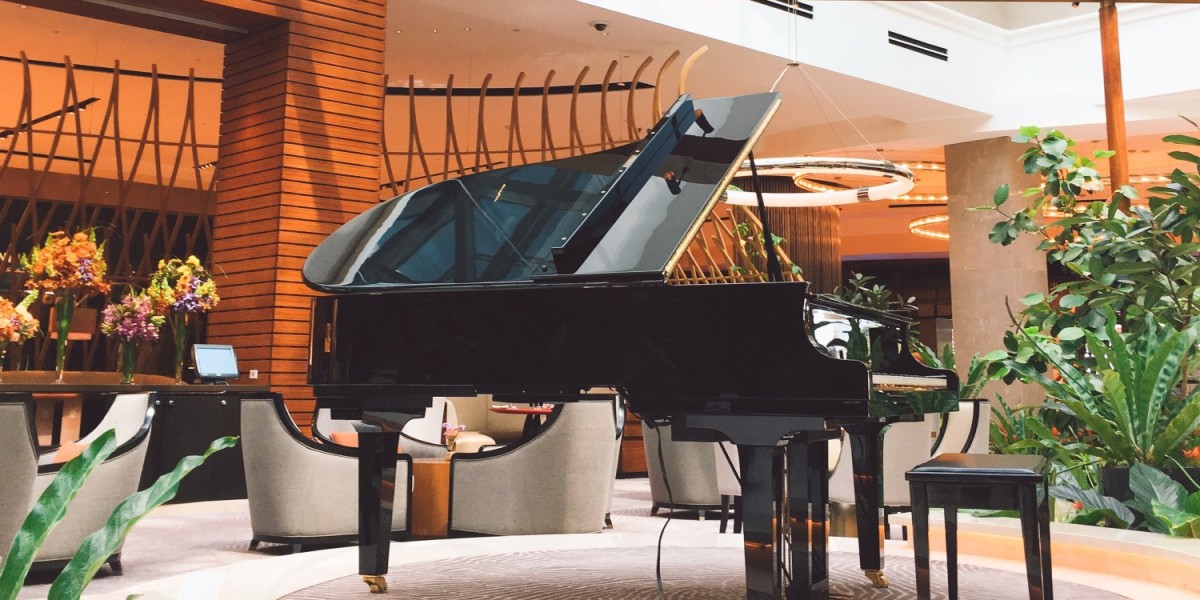
Moving a grand piano requires extra attention to detail to ensure its safety. Here are some specific steps to follow:
1. Prepare The Piano - Before moving a grand piano, it's important to remove any fragile or detachable parts such as the lid, music rack, lyre, and legs. Each piece should be carefully wrapped and labelled to ensure easy reassembly.
2. Protect with Blankets - Cover the entire piano with blankets or moving pads to protect it from scratches and damage.
3. Position The Piano Board - Position the piano board at an angle next to the piano and slide it under the piano. The board will provide a stable base for the piano during transport.
4. Tilt And Secure The Piano - Tilt the piano onto its side onto the piano board and secure it with moving straps. Make sure the piano is balanced and level to avoid any damage during transport.
5. Move The Piano - Carefully slide the piano onto the dolly and secure it with moving straps. Use furniture blankets to protect the piano during transport.
6. Reassemble The Piano - Once you reach the piano's destination, reassemble the piano in reverse order. Attach the legs, slide the main body into place, and reattach the music rack and lyre, reattach the lid. Finally, tune the piano as needed.
Beware The Stairs: Advice From Professional Piano Movers
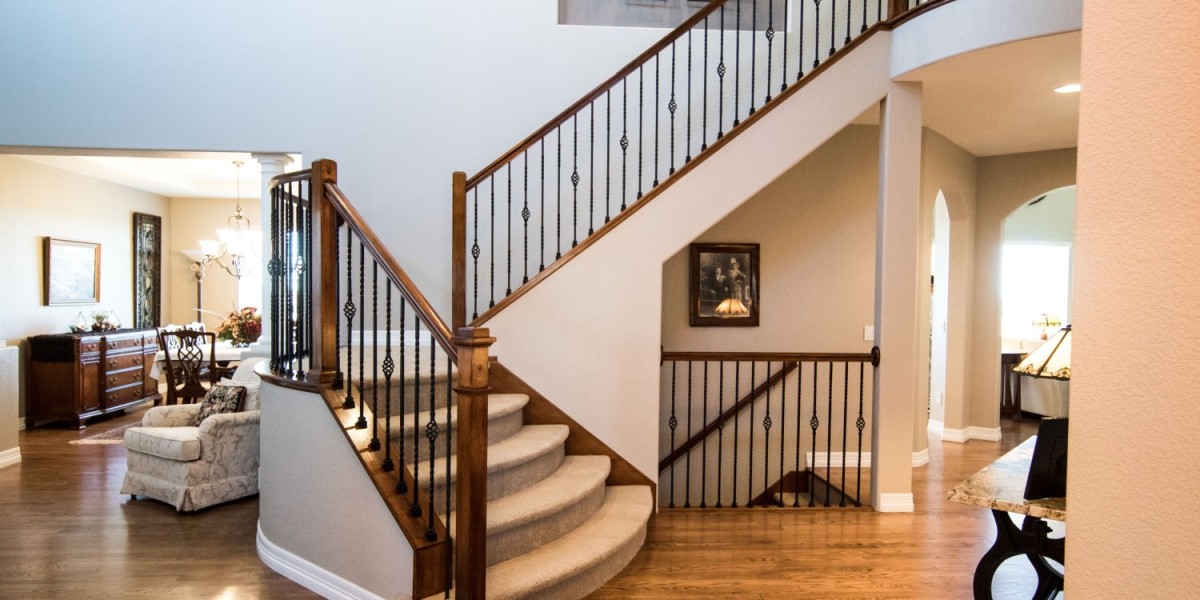
Pianos and stairs aren’t friends and if you have a lot of them to climb, it’s even more important to get professional help, says Juan Van Dyk from Juan Van Dyk Transport in Port Elizabeth.
"Pianos are heavy and awkward to move, especially when it comes to stairs. Even a small misstep can cause damage to the piano or injury to the mover.”
Attempting to move a piano down a flight of stairs if you’ve never done it before is not only risky, but it can also be dangerous for you and those helping you. It's easy to lose your footing and drop the piano or injure yourself in the process. Plus, repairing any damage caused by a DIY move can be costly and time-consuming.
That's why it's important to hire professional piano movers who have the knowledge and expertise to handle any moving situation, including stairs. They will take into account the number of stairs, the size and weight of the piano, and any other factors that could affect the move. Just a few of the benefits of hiring professional movers in South Africa.
Need Piano Movers? Find the Right Mover on Wise Move
Moving a piano is a complex and challenging task that requires careful planning, special equipment, and skilled handling. While it is possible to move a piano on your own, hiring professional movers can save you time, stress, and the risk of damage to your instrument.
If you want to ensure your piano is moved safely and efficiently, consider hiring a professional moving company with experience in piano moving. With their help, you can relax and enjoy the music in your new home without worrying about the move.
What do our customers say?


